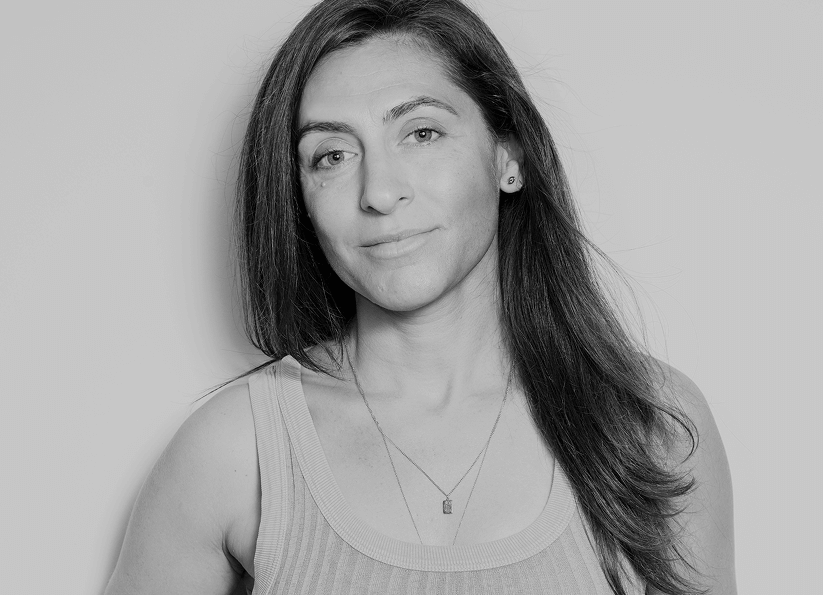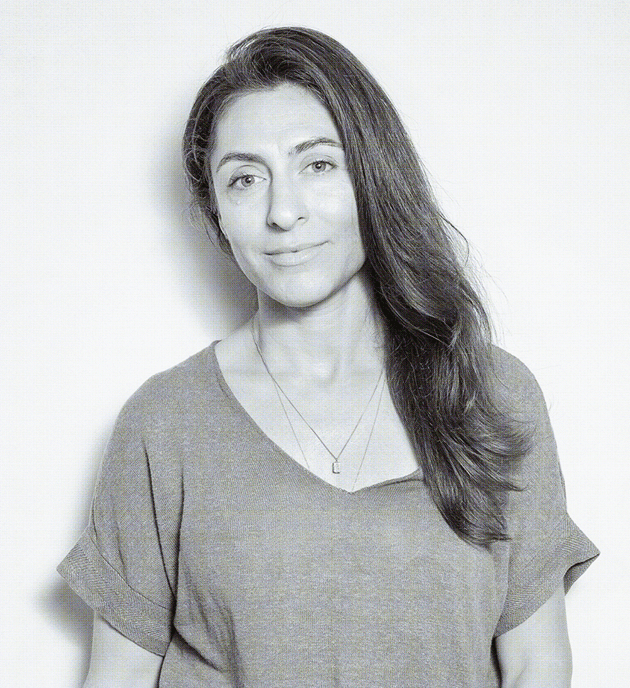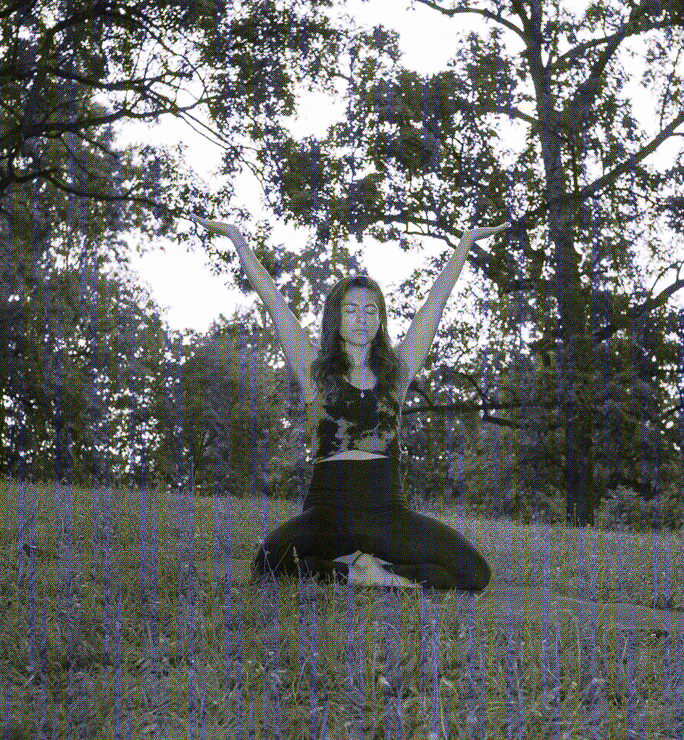Neuroscience Meets Nervous‑System Wisdom
I’m Rachel Khints
A licensed mental‑health counselor who blends long-standing psychotherapeutic modalities, such as Dialectical Behavioral therapy, Harm Reduction therapy, Trauma informed psychotherapy, with the body’s own intelligence to guide adults out of addiction, anxiety, and codependency and into unshakable self‑trust.

This work is personalI’m no stranger to the terrain my clients walk
I’ve known complex relational trauma, systems of codependency and abuse, and the far-reaching effects of post-traumatic stress. I know the array of coping strategies, like addiction, dysregulation, mood disturbances among others that help us survive when nothing else seems to. Through my own healing, I’ve come to understand how we become who we needed to be in order to make it through—and how healing invites us to recover who we truly are.
That devotion to healing—and a lifelong study of both Eastern and Western psychologies—shaped my practice. Every tool, teacher, and training I’ve gained deepens my capacity to help you feel vital, authentic, and peacefully at home in your skin.
The Day Somatics Entered Group Therapy, Recovery Got RealSomething shifted in me when I watched a group of angry, restless, lost teens in a treatment program soften when movement was introduced.
There are intense energetic and emotional imbalances, such as hypervigilance, agitation, rage, grief, despair, that most of us have experienced, and many experience after relational trauma, or an intense traumatic event. This emotional and psychic energy needs a place to be safely experienced and expelled.
Where it was previously difficult to engage them in traditional psychotherapy group processes, movement and breath lifted the group, moved the energy, helped them get into their bodies and opened conversations talk therapy alone couldn’t reach. Through this experience I knew: lasting change starts below the neck.
The insight launched a decade-long devotion to weaving neuroscience, somatic wisdom, and spiritual practice so recovery can truly stick.
While I am grateful for my classical training and education in psychological counseling, I am equally grateful not to be confined by it.
My natural orientation reflects earnest efforts of integration - honoring the past and our lineage, disavowing nothing, while devoted to expansion and becoming. I continue to learn, weaving conventional wisdom with what is evolving and current.
Professional RootsClinical Credentials with Somatic Mastery = A Wider Toolkit for You
Licensed Mental Health Counselor – New York & New Jersey
Dual Master’s Degrees in Education & Counseling Psychology, Teachers College, Columbia University
Advanced trainings: Hakomi Method (somatic psychotherapy) , Internal Family Systems, Integrative Harm‑Reduction with Dr. Andrew Tatarsky, Soul Teacher Certification
Certified Kundalini Yoga & Meditation Teacher – Trauma‑informed approach, Teacher Training 200RYT
EDM & MA in Psychological Counseling from Teachers College, Columbia University
Nutritional and Integrative Medicine for mental health professionals
Gabor Mate’s Compassionate inquiry in action.
framework
The FrameworkFrom Stuck to Steady
Every session, whether weekly therapy or a one-off intensive, moves through this three-step arc so insight becomes embodied change:
Uncover
We shed light on the patterns, beliefs, and protective parts steering your thoughts, habits, and relationships.
Unblock
Breathwork, mindful movement, and other somatic tools release the stored charge, letting your nervous system finally settle.
Integrate
Personalized rituals and repeat-able practices reinforce new neural pathways, turning one-off insights into your everyday baseline.
Insight + Embodiment + Repetition = sustainable ease.The Hakomi Method
The Hakomi MethodHakomi’s Mindfulness Plus Kundalini’s Energy Reset Leads To Sustainable Recovery
What is The Hakomi Method?
A mindfulness‑based, body‑centered psychotherapy built on five principles—Unity, Mind‑Body Holism, Organicity, Mindfulness, and Non‑Violence.
It offers a powerful and compassionate structure to help us explore our interior world, tend to developmental wounds and gently reveal our strengths and shadow parts. It also provides methods for integration and ways of real nourishment, helping to restore our sense of wholeness. By practicing the Hakomi-method in session, you are sharpening tools that assist you in becoming your own healer and intuitive guide, which is entirely the heart of this work.
Sessions slow the moment so you can witness and gently transform the unconscious beliefs fueling your symptoms.
Why I Use ItHakomi gives us a structured, compassionate way to surface the “why” behind behaviors without shame—crucial for addiction, trauma, and codependency work.
Why I Pair It with Kundalini
Once Hakomi brings the material to light, Kundalini breath, movement, and mantra discharge the stuck energy fast, regulating the vagus nerve and wiring in new patterns. Think of Hakomi as the diagnostic lens and Kundalini as the somatic accelerator—together they move you from insight to embodied change.
Collaboration, Culture, and Measurable Gains Define Our Work
Sometimes you walk in knowing exactly what you want; sometimes the first task is figuring that out together. We’ll traverse the waters side‑by‑side—my tools and intuition, your lived experience—charting discoveries as they emerge.
I’ve helped many clients trade quick fixes for lasting recovery. If you’re ready to get off the loop and live in a body that feels like home, you’re in the right place.

Not Sure Where to Start?Let’s find the right fit together
Take a free 15‑minute consult. We’ll match the service to your goals and nervous‑system bandwidth.





